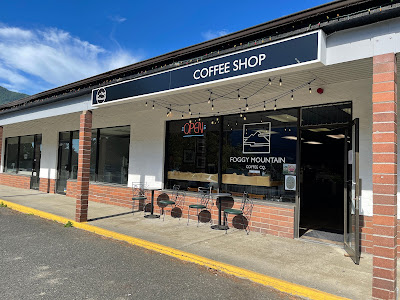Over the past few weeks, I’ve started to read the book “The City Assembled: Elements of Urban Form through History” by Spiro Kostof. It is an older book, but it looks at how we built our cities, towns, and villages going back hundreds of years.
One of the things that stood out to me is the importance of gathering places (where we are almost forced to interact with people) in creating neighbourhoods.
Why are neighbourhoods important in the first place? They are essential to creating a sense of ownership in an area beyond our home. When you have a sense of ownership in a neighbourhood, many people are willing to go above and beyond to ensure their neighbours and neighbourhood are healthy, happy, safe, and have a good quality of life.
Neighbourhoods need gathering places where people have the opportunity to interact with others beyond a 30-second hello.
These places would have traditionally been a place of worship or public market. Every resident in a neighbourhood would be within walking distance of a place of worship or market. In some places, cafés were the traditional gathering place.

|
| A small coffee shop in Port Alice on Vancouver Island. Select the image to enlarge. |
In the modern context, I would add community/rec centres, libraries, community gardens, locally owned & operated shops/cafes/coffee shops, dog off-leash areas, and playgrounds to the list of gathering places.
In all cases, these places need to be easily accessible and walkable.
When I lived in my old apartment on 53rd Avenue and 204th Street, many gathering places were within easy walking distance, and I felt part of the Douglas Neighbourhood.
I now live in the Brydon area at the end of 55A Avenue by the Surrey border. While we have Brydon Park and Lagoon, I don’t feel like this part of Langley City has a focal point where people can informally gather and build that sense of neighbourhood and community.
In Langley City’s new Official Community Plan, we added areas where small-scale commercial would be allowed and be within a short walk of most residents to help create these gathering places over time.

|
| Example of small-scale commercial areas in Langley City’s new Official Community Plan. Select the map to enlarge. |
In the Brydon area and other parts of Langley City, we still have gaps, even in the new Official Community Plan. Beyond small-scale commercial, we need to consider other gathering places such as community centres or neighbourhood houses that are within walking distance.
When you think of your neighbourhood, where do people gather? Where do you run into your neighbours? What makes you feel like you are part of your neighbourhood?

No comments:
Post a Comment